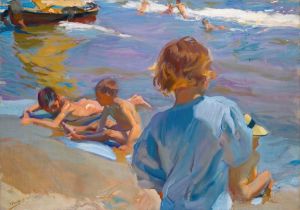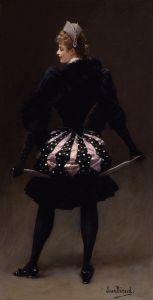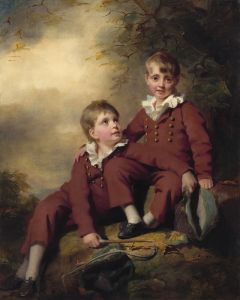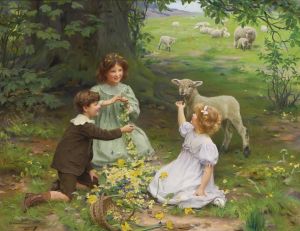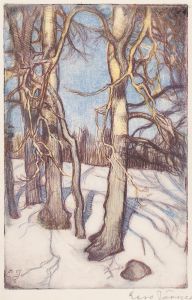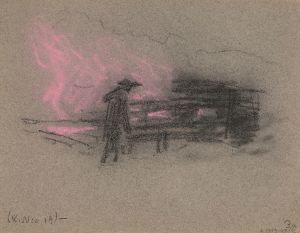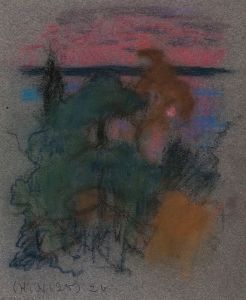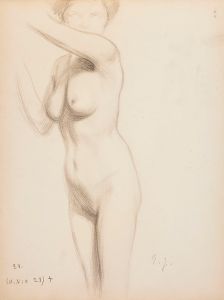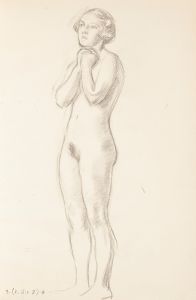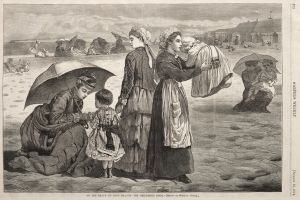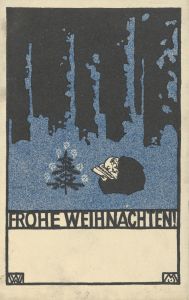
Siblings
A hand-painted replica of Eero Järnefelt’s masterpiece Siblings, meticulously crafted by professional artists to capture the true essence of the original. Each piece is created with museum-quality canvas and rare mineral pigments, carefully painted by experienced artists with delicate brushstrokes and rich, layered colors to perfectly recreate the texture of the original artwork. Unlike machine-printed reproductions, this hand-painted version brings the painting to life, infused with the artist’s emotions and skill in every stroke. Whether for personal collection or home decoration, it instantly elevates the artistic atmosphere of any space.
Eero Järnefelt was a prominent Finnish painter, known for his contributions to the realism movement in Finnish art during the late 19th and early 20th centuries. One of his notable works is the painting "Siblings," which exemplifies his skill in capturing the essence of Finnish life and landscape.
Eero Järnefelt was born on November 8, 1863, in Vyborg, which was then part of the Grand Duchy of Finland under the Russian Empire. He was a member of the influential Järnefelt family, which included several notable figures in Finnish culture and society. Järnefelt studied art in Helsinki and later in Paris, where he was influenced by the naturalist and realist movements that were prominent in Europe at the time.
"Siblings" is a painting that reflects Järnefelt's deep connection with the Finnish countryside and its people. Although specific details about the painting's creation and current location are not widely documented, Järnefelt's works often depicted rural scenes and the everyday lives of Finnish people. His paintings are characterized by their attention to detail, use of light, and ability to convey the mood and atmosphere of the Finnish landscape.
Järnefelt's style was heavily influenced by his time in Paris, where he was exposed to the works of the Barbizon School and other realist painters. This influence is evident in "Siblings," where Järnefelt employs a realistic approach to portray his subjects. The painting likely captures a moment in the lives of Finnish children, set against the backdrop of the natural environment that was so central to Järnefelt's work.
Throughout his career, Järnefelt was associated with the Finnish national romantic movement, which sought to express the unique cultural identity of Finland through art. His works often highlighted the beauty of the Finnish landscape and the resilience of its people, themes that resonated with the nationalistic sentiments of the time.
Järnefelt's contributions to Finnish art were significant, and he was part of a broader movement that included other notable Finnish artists such as Akseli Gallen-Kallela and Pekka Halonen. Together, they helped to establish a distinct Finnish artistic identity that was recognized both nationally and internationally.
In addition to his painting, Järnefelt was also involved in art education and served as a professor at the Finnish Art Society's Drawing School. His influence extended to future generations of Finnish artists, and his works continue to be celebrated for their technical skill and cultural significance.
While specific information about "Siblings" may be limited, Eero Järnefelt's legacy as a key figure in Finnish art history is well established. His ability to capture the spirit of Finland and its people in his paintings has left a lasting impact on the country's cultural heritage.





